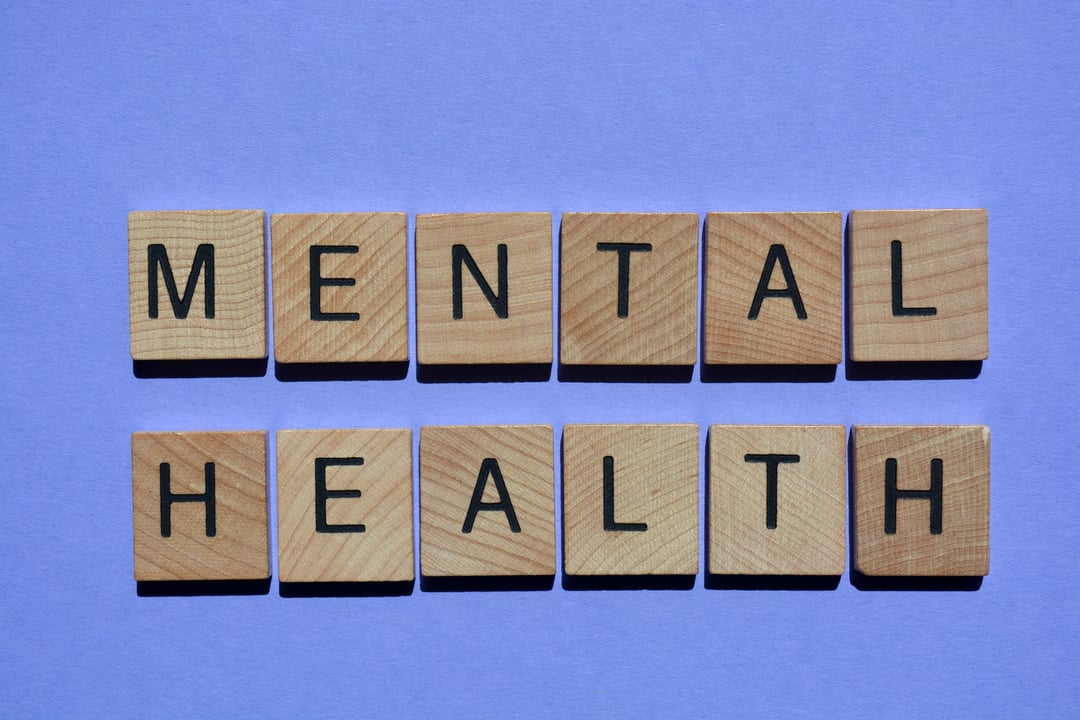Here at Arrowsmith we are often presented with a question from our community - is Attention-Deficit Hyperactivity Disorder (ADHD) considered a learning disability?
While it seems like this question should have a simple answer, it is actually a little bit more complex than that. In this article, we discuss what ADHD actually is, as well as answer the common question of whether it is a learning disability or not.
For more information on ADHD and how performance can be improved by strengthening areas of weaknesses in the brain, listen to I Have ADHD Podcast: How to Rewire Your Brain with Barbara Arrowsmith-Young.
What is ADHD?
ADHD is a neurodevelopmental disorder that affects the brain's ability to regulate attention, impulse control, and activity levels. This disorder is typically diagnosed in childhood, but there are many cases of adults with undiagnosed ADHD as well.
Children with ADHD often have trouble sitting still, paying attention in class, following instructions, and completing tasks, which can lead to difficulties in school.
The symptoms of ADHD can vary from person to person, but common symptoms include:
-
Inattention
-
Impulsiveness
-
Hyperactivity
-
Difficulty following instructions
-
Poor organizational skills
-
Forgetfulness
-
Fidgeting
-
Difficulty completing tasks
More information on ADHD and the cognitive functions related to attention can be found in the book The Woman Who Changed Her Brain by Barbara Arrowsmith-Young.
Is ADHD Classed as a Learning Disability?
While ADHD is not broadly considered a learning disability, it does make learning difficult.
For example, if you struggle to pay attention to classroom lessons, to what your teacher or employer is asking you to do, and to what is happening in the world around you, your ability to learn and to retain information will be significantly impacted.
Often individuals who are diagnosed with ADHD also have learning disabilities compounding their challenges in learning.
What Causes ADHD and How Can it be Addressed?
At Arrowsmith, after more than 40 years of working with individuals of all ages to strengthen their brains, we have come to our own understanding of ADHD.
Many students come to Arrowsmith with a diagnosis of attention deficit disorder (ADD) or attention-deficit hyperactivity disorder (ADHD), as well as having a learning disability. Over the years, we have identified four broad categories of attentional problems.
1 & 2. Emotional Difficulties and Subcortical Problems
The first involves attentional difficulties due to emotional factors; the second involves subcortical problems - the regions of the brain below the cortex involved in regulating states of arousal and attention. Neither of these can be addressed by the Arrowsmith Program, the first requiring therapeutic work and the second often requiring medication.
3. Cognitive Deficits and Cognitive Load
In the third category, several cognitive deficits conspire to make it hard for the student to sustain attention when the task at hand requires these areas to function well. The student’s brain tires and attention wanders since much greater effort is required to perform the task that recruits these underperforming areas of the brain.
Imaging research, for those struggling with learning, shows a pattern of areas in the brain that have weak connections and areas that are hyper or over-connected, which helps to explain the impact on attention that we are seeing in the brains of individuals with learning disabilities.
The thought is that the areas that are weaker in connectivity are where the learning disabilities are and that the areas of strength are working hard to try to compensate for the areas of difficulty. The problem, however, is that the stronger areas are not designed to do the job of the weaker and underperforming areas, so the brain is having to work much harder than normal.
This means the brain is performing less efficiently, resulting in poorer performance with greater effort.
This is the experience of students with learning disabilities on a daily basis – of having to exert significantly more effort to do what their peers without learning difficulties do with relative ease, and even with this extra effort the outcome is far from satisfactory. This can lead to attentional problems – the brain of a student with learning disabilities gets exhausted and attention starts to wander, and the individual loses focus.
At Arrowsmith, we call this a ‘cognitive load’. As we address and strengthen the weak areas, research is showing that connectivity strengthens - allowing the previously underperforming areas of the brain to do their job efficiently and effectively, thus removing the cognitive load.
The result? The individual can sustain their attention in learning situations and learn with ease.
4. Weaknesses in Prefrontal Cortex Functioning
The fourth category involves a weakness in the functioning of either the left or right prefrontal cortex. These areas, respectively, are involved in executive functioning, in language, and in non-verbal communication.
A critical job of these areas is to regulate and sustain attention to focus on the task at hand in service of problem solving, whether in an academic learning situation or in a social interaction.
For example, you are given a problem to solve – these areas of the brain become active - setting up a plan of action, executing and reflecting on the effectiveness of the steps of the plan, and sustaining focus until the problem is successfully solved. If there is a difficulty here, any distraction can derail the plan’s execution and the approach to problem solving is disorganized, unfocused and may appear impulsive.
As the Arrowsmith Program addresses and strengthens the functioning of these two cognitive areas, the individual can then sustain focus independently because their brain now has an enhanced ability to regulate and sustain attention.
In cases where the attentional problems were a result of these third and fourth categories just described, the majority of students, if previously on medication to support focus and attention, can come off the medication as their brains are strengthened. Their strengthened brain allows them to focus and attend successfully across all learning situations.
No more scattered approach to learning. Learning proceeds efficiently, effectively and with joy.
Interested in learning more about ADHD and how the Arrowsmith Program can help strengthen weak areas of the brain to help you, or your child, overcome the challenges posed? Contact our Admissions team today.
Tags:
Learning Difficulties
February 23, 2023




